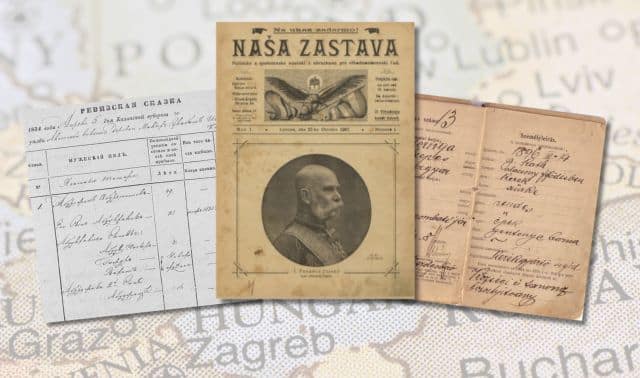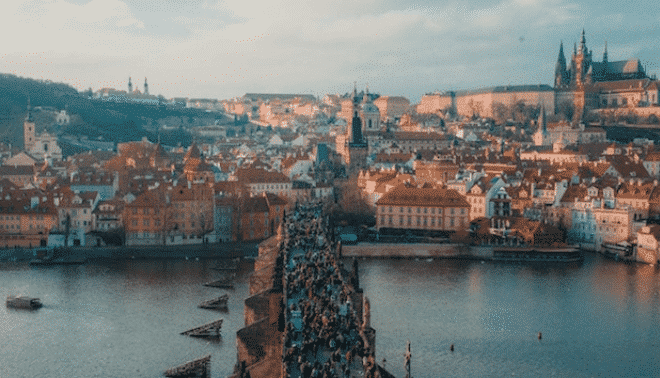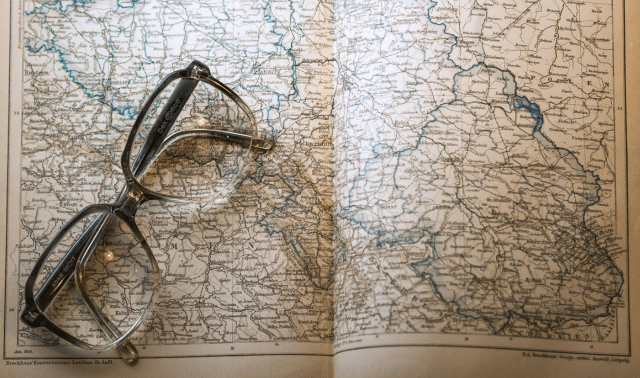
What do McDonald’s, pop art and The Sting have in common? The answer might surprise you: These all-American symbols represent the Czech and Slovak influence on our culture. You can see the fingerprints of these central European peoples’ descendants all over US society — from Czech-American burger baron Ray Kroc’s golden arches to Slovak American actor Paul Newman’s box-office blockbusters to the famous soup cans created by Andy Warhol (a Rusyn-American). Baseball hall of famer Stan Musial has Slovak roots; tennis star Martina Navrátilová and astronaut Eugene Cernan share Czech heritage. Even President George W. Bush’s lineage leads back to the heart of Europe.
In all, nearly 3.5 million Americans claim Czech or Slovak ancestry — and if you count yourself among them, you’re undoubtedly eager to celebrate the polka and pirohi in your past. But with your homeland’s well-known historical and political complexities, how do you start finding your family tree? Make our tips a central part of your research strategy.
Czechs and balances
Before you tackle genealogical tools and techniques, you’ll need to understand the history that shaped your ancestors’ homeland. The modern Czech and Slovak republics formed only recently: Before their amicable “Velvet Divorce” in 1993, these neighboring states existed as a single country, Czechoslovakia.
But don’t let that 75-year union fool you into lumping Czechs and Slovaks into one all-encompassing nationality: Though both groups have Slavic origins and similar languages, historical circumstances led them to develop distinct cultural identities. Today’s Slovak Republic corresponds to the centuries-old region of Slovakia, while the Czech Republic has its roots in the ancient kingdoms of Bohemia and Moravia. Those three areas were united as Great Moravia in the ninth century, but evolved into separate regions after that empire collapsed (Bohemia and Moravia were known collectively as the Czech lands).
The republics’ location in the geographical center of Europe — bordered by present-day Germany to the west, Poland to the north, Ukraine and Romania to the east, and Austria and Hungary to the south — put them at the crossroads of expanding empires. For centuries, each country separately endured the turmoil of invasions, religious conflicts and foreign rulers’ attempts to erase their cultures.
It would take volumes to detail these nations’ long, complicated pasts. But every family historian should know some key events in the region’s history. The Hapsburg Empire (later renamed the Austrian empire) began ruling the Czech lands in 1526. Following a long period of unrest, Austria formed a dual monarchy with Hungary in 1867; Bohemia and Moravia became Austrian provinces, and Slovakia remained under Hungarian control.
Timeline






